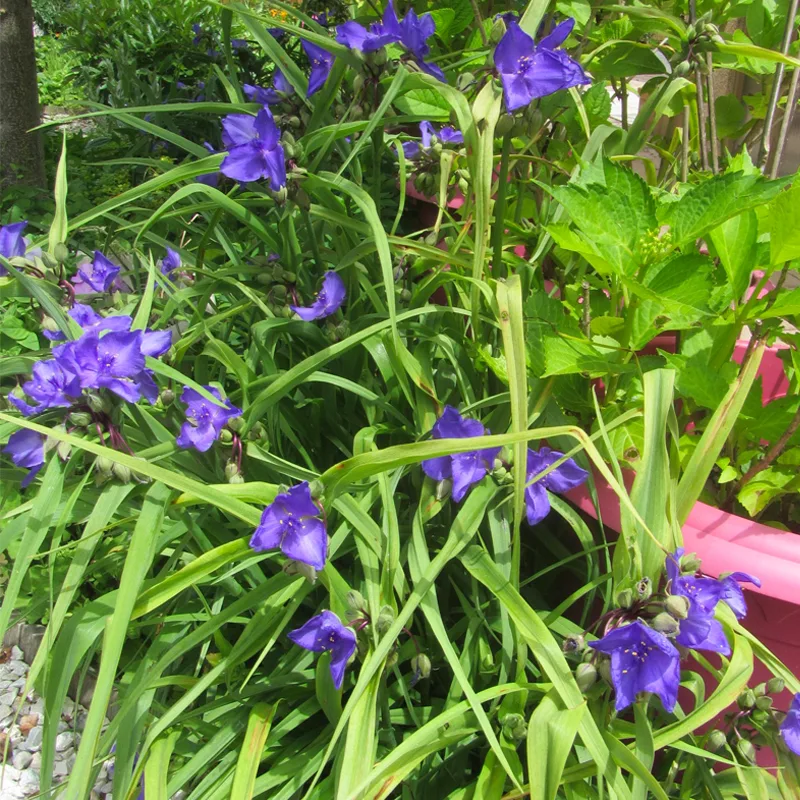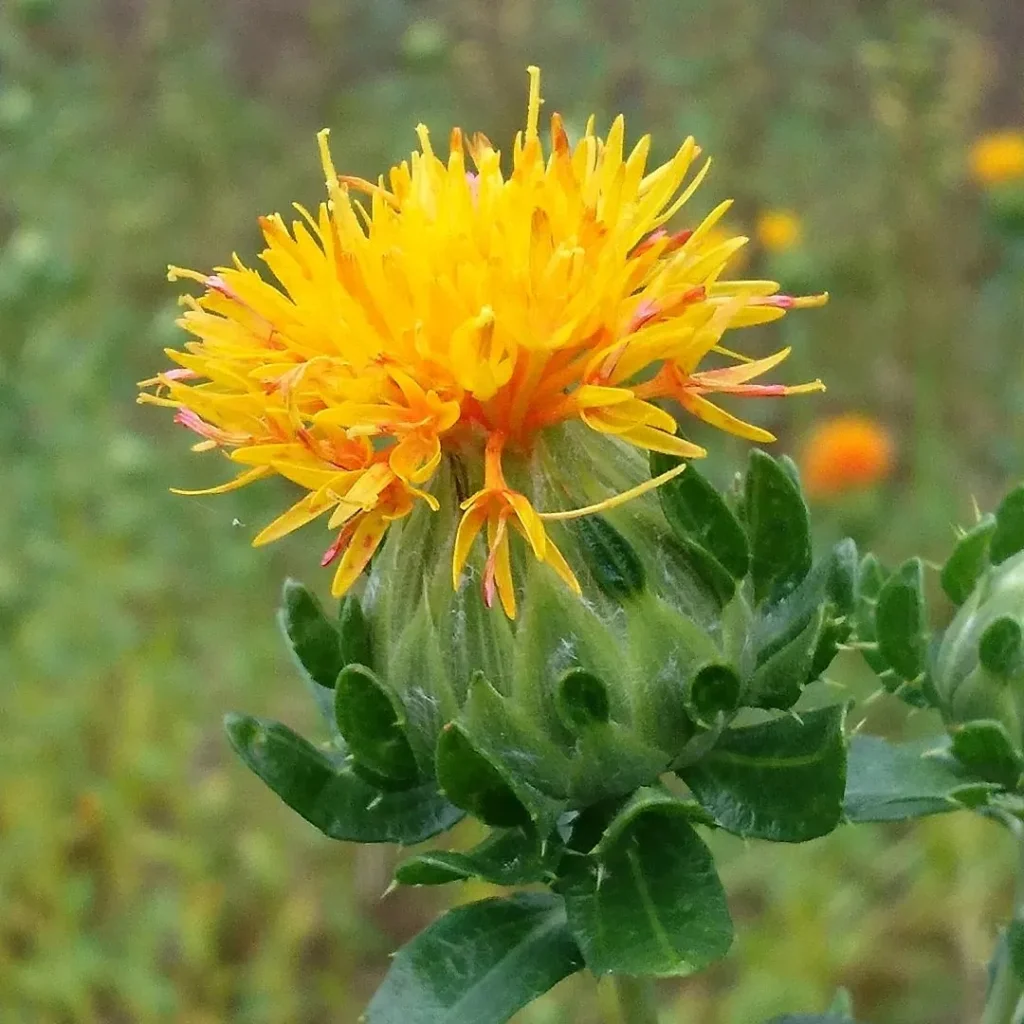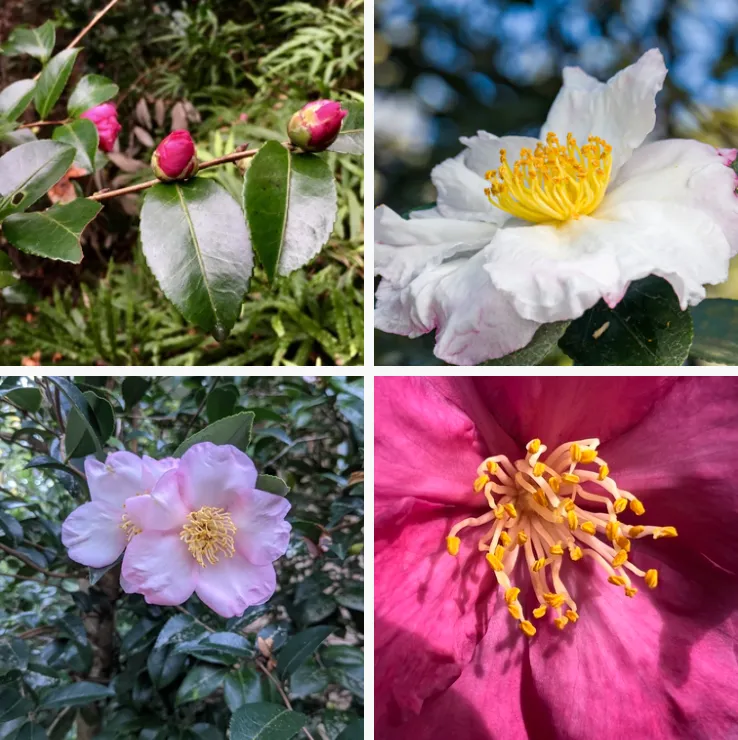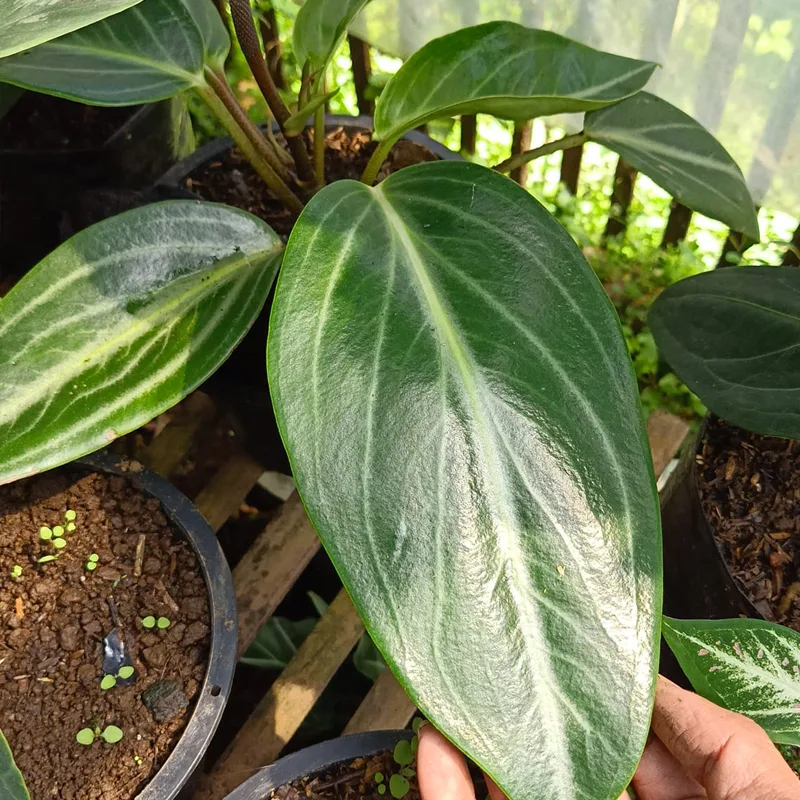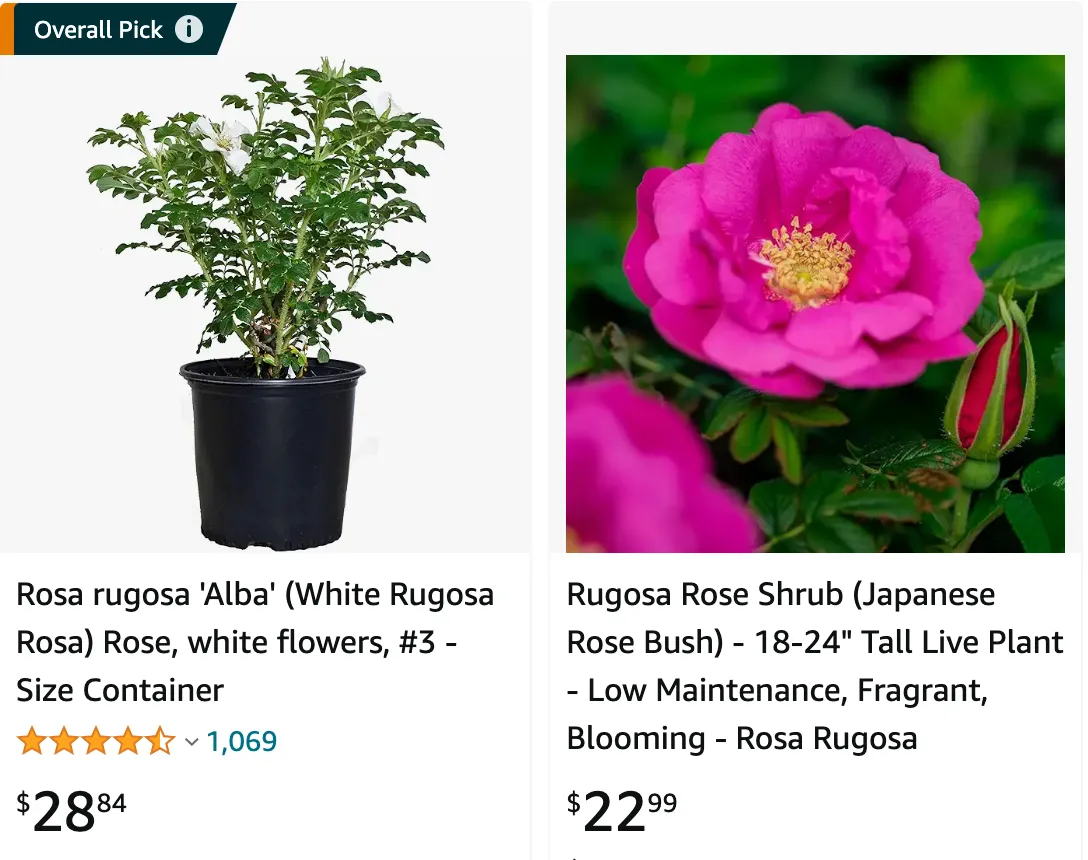
What is rosa rugosa?
Rosa rugosa, also known as the beach rose or rugosa rose, is a species of rose native to eastern Asia. It is prized for its fragrant flowers, attractive foliage, and ornamental rose hips. Rosa rugosa is commonly cultivated in gardens and landscapes for its resilience, disease resistance, and ability to tolerate a wide range of growing conditions.
391 Species in Genus Rosa
What does rosa rugosa look like?
Rosa rugosa is a deciduous shrub with dark green, wrinkled leaves and fragrant, single or double flowers that bloom in shades of pink or white. Its flowers are followed by large, round rose hips that ripen to red or orange in the fall. The plant typically grows 3 to 6 feet tall and wide, forming a dense, spreading habit.
Rosa Rugosa vs Rosa Canina
In my garden, Rosa Rugosa’s rugged charm and rich fragrance really stood out against the more delicate Rosa Canina, whose flowers were pretty but didn’t quite pack the same punch in terms of scent or resilience.
Rosa Rugosa vs Knockout
Rosa Rugosa’s wild, almost untamed beauty and its ability to handle less-than-perfect conditions made me appreciate it more than the Knockout roses, which, while vibrant and low-maintenance, seemed to lack the unique character and durability of the Rugosa.
Rosa Rugosa vs Rosa Carolina
I found Rosa Rugosa’s bold, wrinkled petals and hardiness to be a refreshing contrast to the more subtle and somewhat finicky Rosa Carolina, which, though lovely, didn’t hold up as well in my garden’s varying conditions.
When to prune rosa rugosa?
I usually prune my Rosa rugosa in late winter or early spring before new growth begins. This timing helps stimulate healthy growth and encourages abundant flowering later in the season. I’ve found that pruning at this time allows me to shape the plant and remove any dead or diseased branches without risking damage to the new growth.
Are rosa rugosa rose hips edible?
Yes, absolutely! I’ve enjoyed harvesting and using the rose hips from my Rosa rugosa plants. They are not only edible but also quite nutritious, packed with vitamin C and antioxidants. I love making tea, jams, and syrups with them. Just make sure to remove the seeds and fine hairs inside before consuming.
Can i cut rosa rugosa to the ground?
Yes, you can cut Rosa rugosa to the ground if needed. I’ve done this myself when rejuvenating an overgrown or neglected plant. However, it’s important to do it in late winter or early spring to give the plant plenty of time to regrow during the growing season. Cutting it to the ground can help promote fresh, vigorous growth and improve the plant’s overall health and appearance.
Can you grow rosa rugosa in a pot?
While Rosa rugosa prefers to be planted directly in the ground, it is possible to grow it in a large pot or container. I’ve seen people successfully grow them this way, especially in smaller gardens or on balconies where space is limited. Just make sure the pot is large enough to accommodate the plant’s root system, and use well-draining soil to prevent waterlogging.
Do deer eat rosa rugosa?
In my experience, deer tend to avoid eating Rosa rugosa. Its thorny stems and rough leaves make it less palatable to deer compared to other plants. This resilience to deer browsing is one of the reasons why Rosa rugosa is a popular choice for gardens in areas with high deer populations.
How far apart to plant rosa rugosa?
When planting Rosa rugosa, I typically space them about 3 to 5 feet apart. This spacing allows the plants to have enough room to spread out as they grow, while still creating a dense and attractive hedge or border. Additionally, it’s important to consider the mature size of the variety you’re planting, as some cultivars can grow larger than others.
How to care for rosa rugosa?
Taking care of Rosa rugosa is relatively low-maintenance. I make sure to plant them in well-draining soil and provide regular watering, especially during dry periods. Annual pruning helps promote healthy growth and abundant flowering. I also keep an eye out for any signs of pests or diseases and address them promptly to keep the plants thriving.
How to grow rosa rugosa from seed?
Growing Rosa rugosa from seed can be a rewarding process. I usually collect seeds from ripe rose hips in the fall and stratify them in the refrigerator for several weeks before planting them in well-draining soil in the spring. Keeping the soil consistently moist and providing ample sunlight helps encourage germination. It’s important to note that Rosa rugosa grown from seed may not always resemble the parent plant, as they can exhibit variations in traits.
How to plant rosa rugosa hedge?
Planting a Rosa rugosa hedge is similar to planting individual plants. I space them about 3 to 5 feet apart in a trench that is wide enough to accommodate their root systems. After planting, I water them thoroughly and mulch around the base to help retain moisture and suppress weeds. Regular pruning helps shape the hedge and encourage dense growth.
How to propagate rosa rugosa from cuttings?
Propagating Rosa rugosa from cuttings is relatively straightforward. I take hardwood cuttings in late winter or early spring from healthy, disease-free stems. After removing any leaves from the bottom half of the cutting, I dip the end in rooting hormone and plant it in a pot filled with well-draining soil. Keeping the soil consistently moist and providing bottom heat can help encourage root development.
How to prune rosa rugosa?
Pruning Rosa rugosa is best done in late winter or early spring before new growth begins. I start by removing any dead, damaged, or diseased branches, cutting them back to healthy growth. Then, I prune for shape and size, removing any crossing or crowded branches to open up the plant and improve air circulation. I also cut back about one-third of the oldest stems to encourage fresh growth from the base.
Is rosa rugosa evergreen?
Rosa rugosa is not evergreen; it is deciduous. Its leaves typically turn yellow and drop in the fall, leaving the plant bare during the winter months. While it may lose its leaves in colder climates, the rose hips can add some visual interest to the garden during the winter.
Is rosa rugosa invasive?
While Rosa rugosa can spread readily in certain environments, especially along coastal areas, I wouldn’t classify it as invasive in most cases. However, it’s important to be mindful of its potential to spread and compete with native vegetation in some habitats. In garden settings, regular pruning and maintenance can help control its growth and prevent it from becoming invasive.
When to plant rosa rugosa?
I prefer to plant Rosa rugosa in the spring, after the last frost has passed and the soil has warmed up. This timing allows the plants to establish their root systems before the heat of summer sets in. However, they can also be planted in the fall, allowing them to take advantage of cooler temperatures and ample rainfall to get established before winter.
Where to buy rosa rugosa?
Rosa rugosa plants can be purchased from nurseries, garden centers, or online retailers that specialize in selling plants. I’ve found that local nurseries often carry a variety of cultivars suited to my climate and soil conditions. It’s a good idea to shop around and compare prices and plant quality before making a purchase.
Will rosa rugosa grow in shade?
While Rosa rugosa prefers full sun, it can tolerate some shade, especially in hotter climates. However, I’ve found that plants grown in partial shade may produce fewer flowers and have less vigorous growth compared to those grown in full sun. If planting in a shady location, it’s important to ensure the soil is well-draining to prevent waterlogging.
Can you eat rosa rugosa fruit?
Yes, you can eat the fruit of Rosa rugosa, known as rose hips. They are not only edible but also quite nutritious, packed with vitamin C and antioxidants. I enjoy using them to make tea, jams, syrups, and other culinary creations. Just be sure to remove the seeds and fine hairs inside before consuming.
Should you deadhead rosa rugosa?
Deadheading Rosa rugosa can help prolong the blooming period and encourage the plant to produce more flowers. I usually deadhead spent blooms throughout the growing season to keep the plant looking tidy and to promote continuous flowering. However, if you’re growing Rosa rugosa primarily for its rose hips, you may choose to leave some spent blooms to develop into fruit.
If i die, water my plants!
